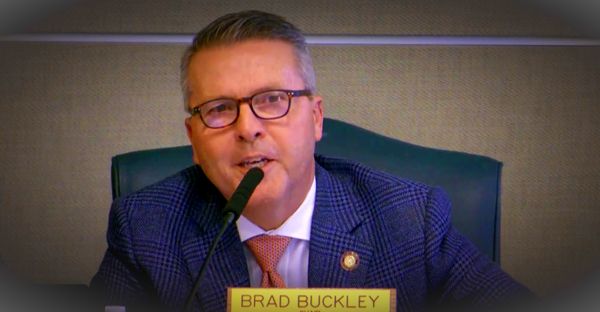
The Department of National Parks, Wildlife and Plant Conservation (DNP) is working with environmental organisations to tighten wild tiger protection measures, including the setting up of camera traps and a ban on raising cattle in protected areas.
Nipon Jomnongsirisak, director of the Protected Area Regional Office 3, agencies and environmental organisations met on Tuesday to discuss ways to conserve tiger populations.
The International Union for the Conservation of Nature (IUCN), the Freeland Foundation, and Panthera Thailand were among those at the meeting.
The move stems from recent reports of tiger attacks on humans reportedly linked to the raising of domestic cattle by villagers. Recently, two tigers were also shot dead by poachers who claimed the tigers killed cattle owned by villagers.
Mr Nipon said the meeting agreed they would strengthen integration via a working team to create a 10-year conservation and restoration plan for tigers.
Research into cattle raised in national park and wildlife sanctuary areas will be carried out in the western zone of the forest over the next month.
"Various measures will be implemented, including a prohibition on raising cattle in national parks and wildlife sanctuaries across the southwestern part of the forest," he said.
"Violators will be liable to a maximum term of a year in jail and/or a fine of up to 100,000 baht," he added.
IUCN's Supranee Kampongsun said research needed for the conservation plan will take place in Thongphaphum and Lam Khlong Ngu National Parks this year. The organisation will ask that the Global Environment Facility (GEF) funds the 10-year plan.
Tim Redford, Freeland’s representative, said a survey has already been conducted in Khao Laem National Park, part of Thailand’s Western Forest Complex (WEFCOM), to assess tiger populations and their effects on nearby communities.
WEFCOM is the main biodiversity conservation corridor between Thailand and Myanmar.
Camera traps will be set up to capture images of tigers and the activities around the parks and forest areas between Thailand and Myanmar from Thursday.








